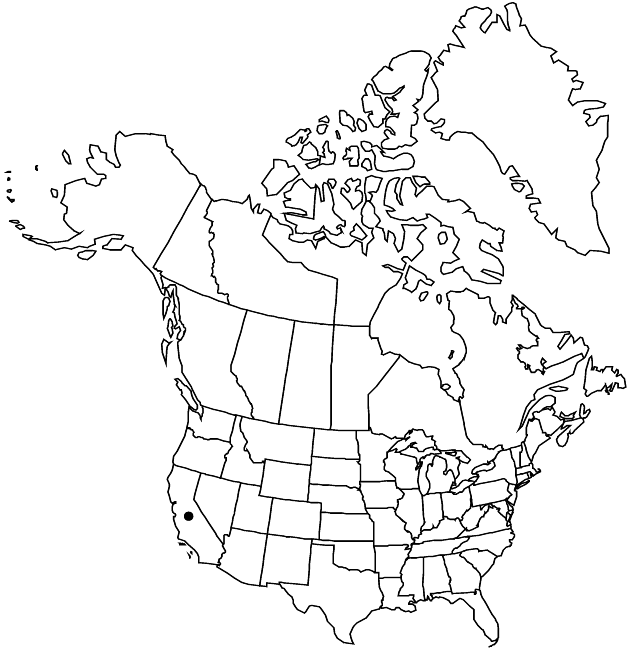Pseudognaphalium roseum
Opera Bot. 104: 148. 1991.
Annuals or perennials, 50–200 cm; taprooted. Stems persistently woolly-tomentose, not glandular. Leaf-blades oblong-lanceolate to oblanceolate, midcauline 3–7 cm × (3–) 6–15 (–20) mm, bases clasping to subclasping, not decurrent, margins usually undulate, faces concolor or weakly bicolor, usually woolly-tomentose, sometimes tardily glabrescent adaxially, stipitate or sessile-glandular beneath tomentum. Heads in corymbiform arrays. Involucres campanulate, 4–4.5 mm. Phyllaries in 5–6 series, usually white, sometimes pink (opaque or hyaline, dull to shiny), ovate to ovate-oblong, glabrous. Pistillate florets 45–90 (–110). Bisexual florets (5–) 6–12 (–18). Cypselae weakly ridged, smooth.
Phenology: Flowering Mar–Jun.
Habitat: Open, disturbed sites
Elevation: 10–50 [–1000+] m
Distribution

Introduced; Calif., Mexico, Central America
Discussion
Pseudognaphalium roseum usually grows above 1000 m in Mexico; it grows below 50 m in California, where it is probably adventive. The closest collections of the species southward from California are from Sinaloa and southern Chihuahua. It is abundant in Mexico only in the eastern and southern states.
Pseudognaphalium roseum is recognized by its persistently tomentose stems and leaves, the leaves clasping to subclasping and non-decurrent, weakly bicolor and sessile-glandular beneath the tomentum, often relatively thick stems, relatively large heads with relatively numerous, white or pink, opaque phyllaries, relatively numerous florets, and smooth-faced cypselae. It has been confused with P. canescens; plants of P. roseum with relatively few bisexual florets can be distinguished from P. canescens by their subclasping leaves commonly with closely wavy margins, broader and more numerous phyllaries, and smooth-faced cypselae. Plants from southern California are atypical in their slightly smaller heads.
Selected References
None.